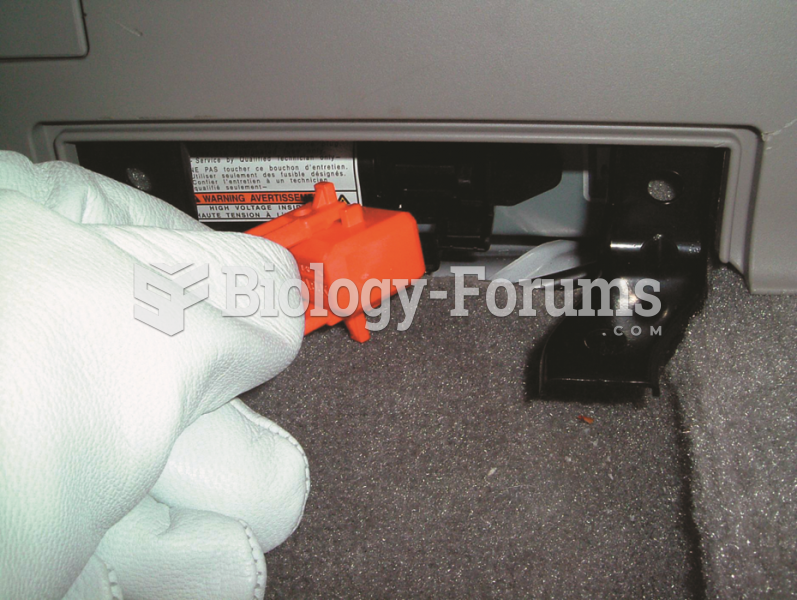|
|
|
Although puberty usually occurs in the early teenage years, the world's youngest parents were two Chinese children who had their first baby when they were 8 and 9 years of age.
All adverse reactions are commonly charted in red ink in the patient's record and usually are noted on the front of the chart. Failure to follow correct documentation procedures may result in malpractice lawsuits.
Many medications that are used to treat infertility are injected subcutaneously. This is easy to do using the anterior abdomen as the site of injection but avoiding the area directly around the belly button.
If you could remove all of your skin, it would weigh up to 5 pounds.
After 5 years of being diagnosed with rheumatoid arthritis, one every three patients will no longer be able to work.
 Surface magnetic field of SU Aur (a young star of T Tauri type), reconstructed by means of Zeeman-Do
Surface magnetic field of SU Aur (a young star of T Tauri type), reconstructed by means of Zeeman-Do
 The high-voltage disconnect switch is in the trunk area on a Toyota Prius. High-voltage lineman’s ...
The high-voltage disconnect switch is in the trunk area on a Toyota Prius. High-voltage lineman’s ...
 The shut-off switch on a GM parallel hybrid truck is green because this system uses 42 volts instead ...
The shut-off switch on a GM parallel hybrid truck is green because this system uses 42 volts instead ...




